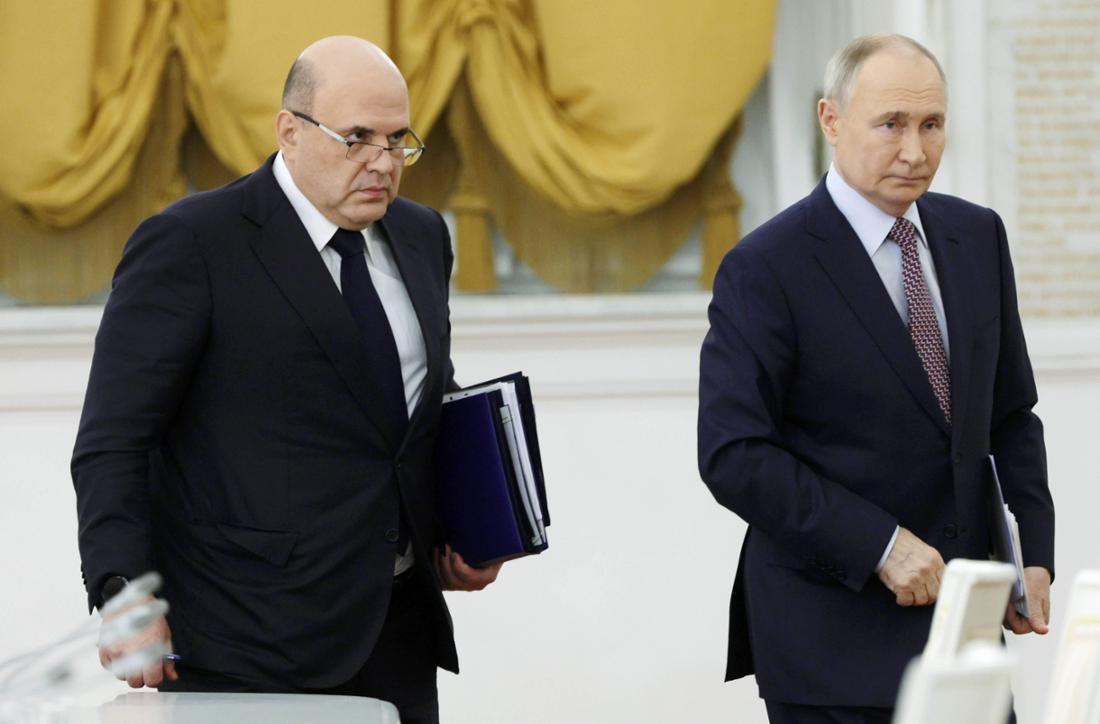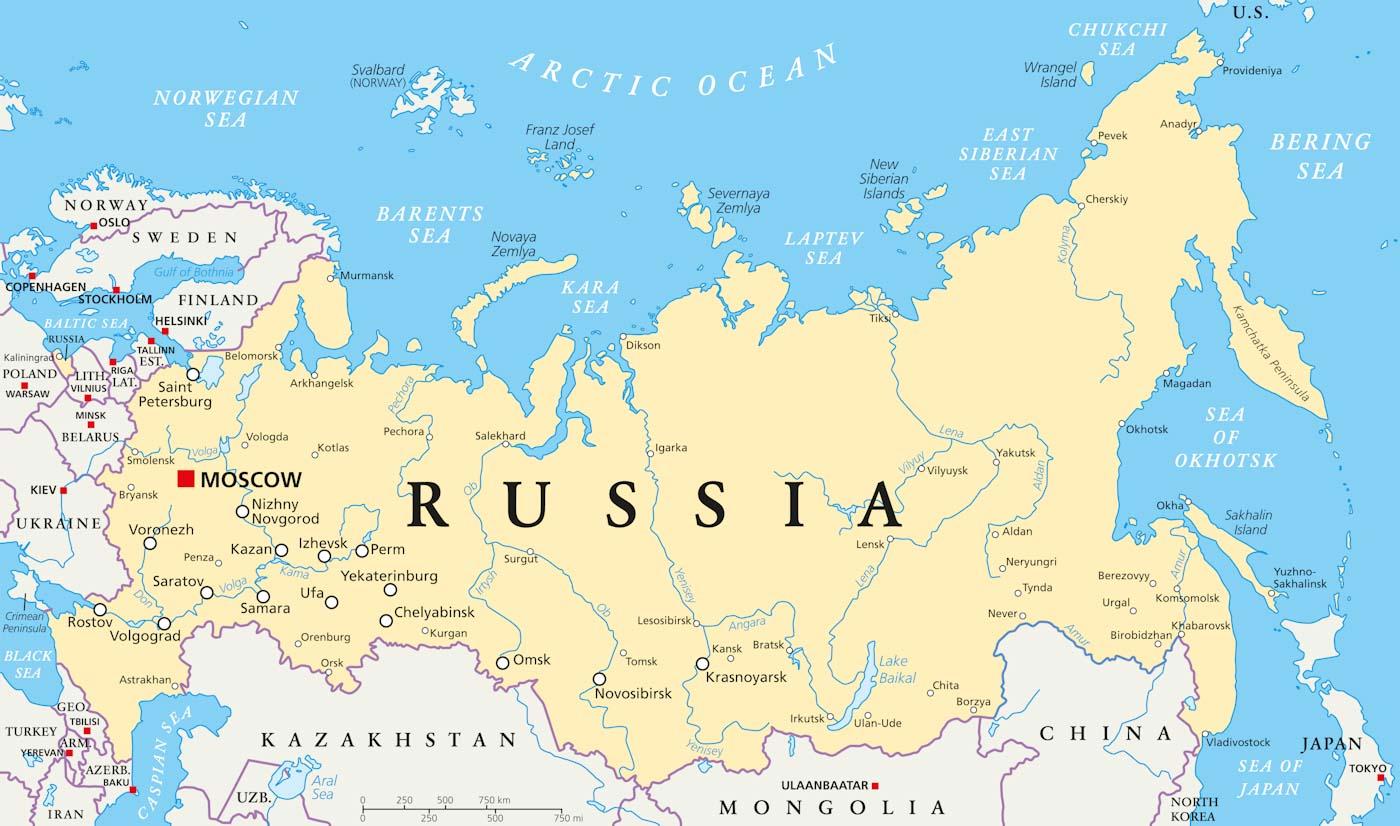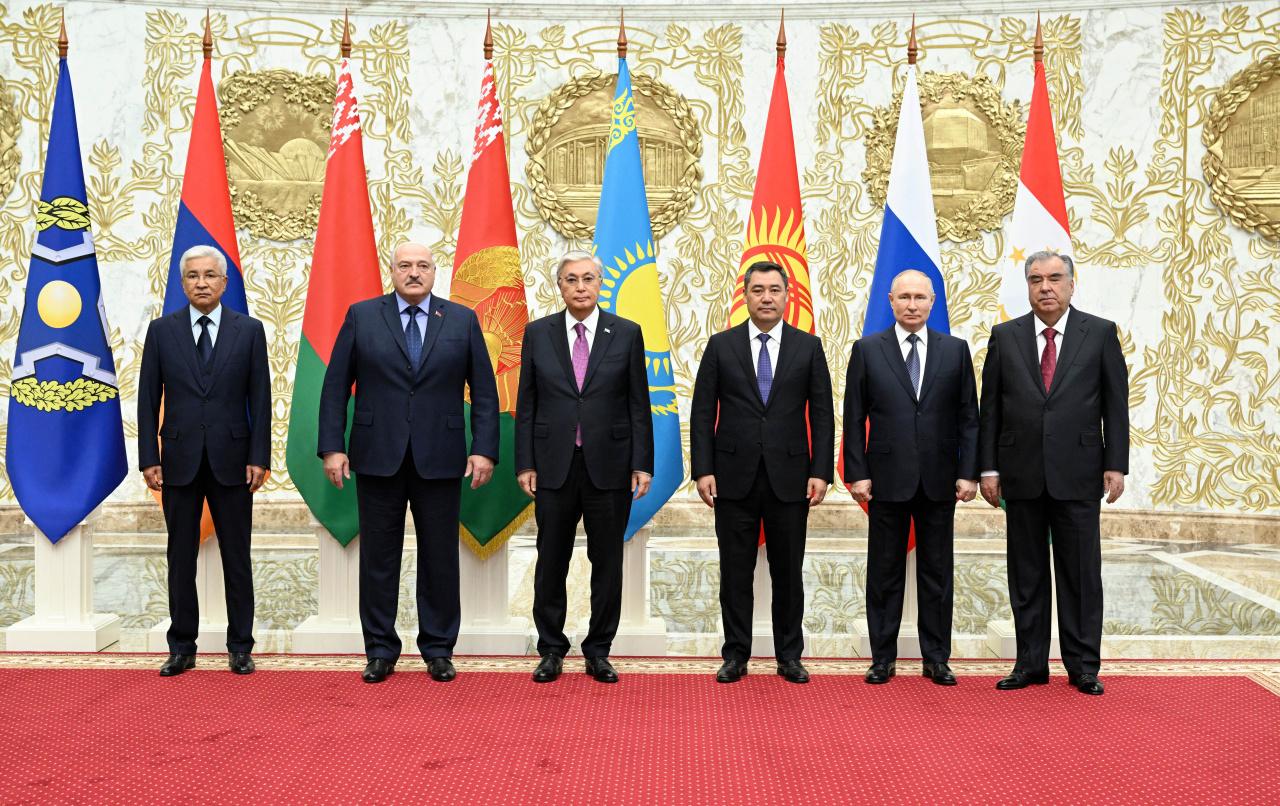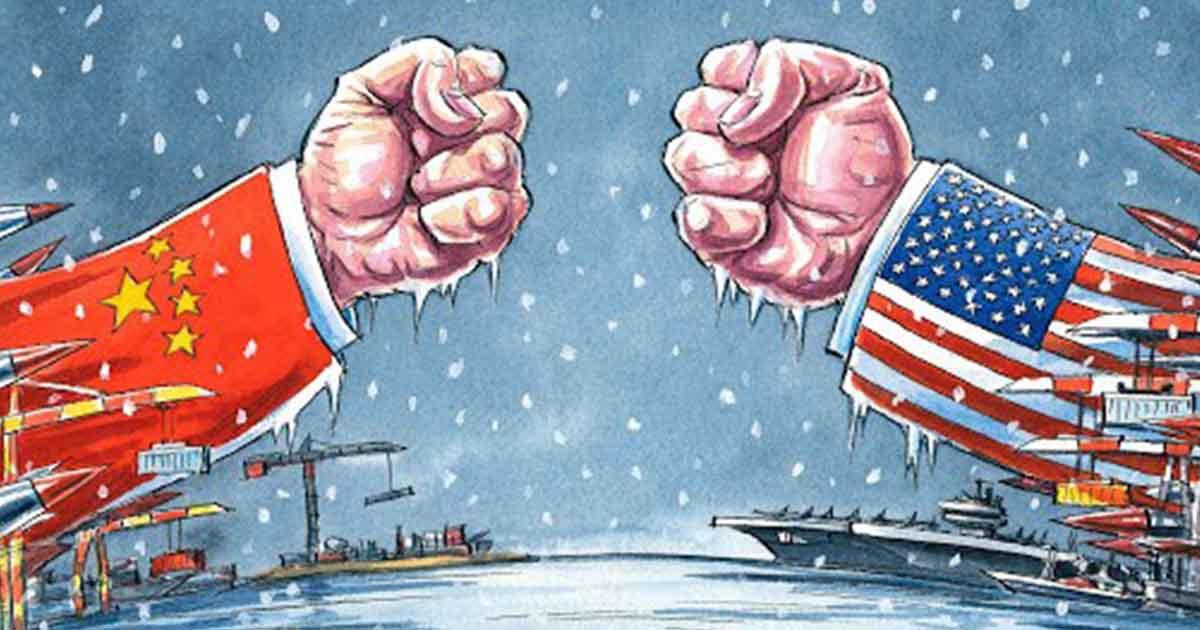In a move that could reshape the geopolitical landscape of Asia, Russian President Vladimir Putin’s recent visit to Vietnam has sparked discussions about a new ‘security architecture’ for the region. As nations grapple with escalating tensions and shifting alliances, Putin’s engagement in Southeast Asia signals a strategic pivot aimed at strengthening partnerships in the face of global uncertainty. This visit not only underscores Vietnam’s growing role in international affairs but also highlights the complexities of regional security dynamics amidst the backdrop of U.S.-China rivalry. With implications that extend beyond bilateral ties, the visit raises pivotal questions about the future of security cooperation in Asia and the potential for new alignments in a rapidly evolving geopolitical environment.
Vietnam as a Strategic Diplomatic Hub in Southeast Asia
As global powers recalibrate their strategies, Vietnam has emerged as a pivotal diplomatic player in Southeast Asia. Its strategic location, paired with a commitment to fostering diplomatic ties across various blocs, positions it as a cornerstone for dialogue and cooperation. The country’s growing relationships with nations such as the United States, Russia, and key ASEAN members have facilitated discussions on a broader vision for regional security. This development is evident in recent high-profile visits, where leaders emphasize the need for a united front against mutual challenges, particularly in the face of shifting geopolitical dynamics.
Vietnam’s ambition to serve as a strategic diplomatic hub is underscored by its active participation in multilateral forums, where it advocates for collaboration and stability. Through Vietnam’s involvement, several key themes emerge that reflect its vision for a new framework in Asia:
Strengthening Bilateral Relations: Engaging with major powers to address common security concerns.
Enhancing Regional Cooperation: Promoting joint exercises and information sharing among ASEAN nations.
Balancing Power Dynamics: Ensuring that smaller nations have a voice in discussions typically dominated by larger powers.
To facilitate this evolving narrative, Vietnam is likely to leverage its experience from chairing ASEAN and other international initiatives. Furthermore, as discussions about a new security architecture gain traction, the nation’s focus on sustainable development and economic resilience continues to resonate across the region. Below is a table outlining potential areas of cooperation that could define this future.
Area of Cooperation
Description
Cybersecurity
Joint initiatives to tackle cyber threats within the region.
Disaster Relief
Collaboration in response to natural disasters affecting member states.
Trade Security
Frameworks to ensure stable trade routes amid geopolitical tensions.

Putins Vision for a Reinforced Security Framework in Asia
During his visit to Vietnam, President Putin underscored the necessity for a reimagined security architecture in Asia that explicitly addresses the evolving geopolitical landscape. He emphasized that traditional security frameworks are becoming ineffective amid rising tensions and regional disputes. To counter the increasing militarization by various powers, Putin proposed a multi-faceted approach that hinges on collaboration among Asian nations, highlighting the importance of diplomatic engagement, economic cooperation, and collective security measures. He called for a united front that prioritizes dialogue and mutual respect, aiming to mitigate conflicts that threaten regional stability.
Putin’s vision pivots on several key elements that would define this new security framework:
Inclusive Dialogue: Establishing platforms for communication among Asian countries to foster trust and understanding.
Joint Exercises: Promoting military cooperation through joint training exercises to enhance readiness and interoperability.
Economic Partnerships: Leveraging economic ties to create a foundation for lasting peace and security.
Counter-Terrorism Initiatives: Strengthening regional efforts to combat terrorism and extremism.
To facilitate this vision, Putin also mentioned the idea of creating a security alliance that aligns with established organizations such as ASEAN, acknowledging their significant role in unifying the region. By prioritizing shared interests and security concerns, this proposed alliance could pave the way for sustained peace and cooperative development in Asian territories. The focus is not just on military strength but also on fostering socio-economic stability as a cornerstone of security.

The Implications of Russias Engagement in ASEAN Nations
Russia’s increasing engagement with ASEAN nations, particularly through diplomatic efforts exemplified by President Putin’s visit to Vietnam, signals a notable shift in the geopolitical dynamics of Asia. By advocating for a new security architecture, Russia aims to expand its influence in a region historically dominated by Western powers. This engagement not only provides Russia a strategic foothold but also presents ASEAN countries with alternative security partnerships, potentially reshaping their foreign policy approaches. The implications could range from enhanced military cooperation to increased economic ties, as nations in the region may seek to diversify their alliances amidst ongoing tensions with major powers like the United States and China.
As ASEAN nations navigate this new landscape, they must consider several critical factors:
Regional Stability: Increased cooperation with Russia could either stabilize the region or exacerbate existing tensions, depending on how alliances develop.
Economic Opportunities: Russia’s engagement may bring investment and trade opportunities, but dependency on Russian resources must be evaluated.
Military Balance: The introduction of new military partnerships could alter the regional balance of power, affecting both ASEAN members and external nations.
Key Factors
Potential Outcomes
Increased Security Cooperation
Stronger regional alliances against external threats
Economic Partnerships
Boosted trade and foreign investment
Geopolitical Shifts
Realignment of power dynamics in Asia

Reforming Regional Alliances: Challenges and Opportunities
The visit of Vladimir Putin to Vietnam marks a significant chapter in the ongoing dialogue about regional security in Asia. As tensions rise due to various geopolitical crises, the call for a revised security architecture is becoming more pronounced. Key issues that arise from this initiative to reform alliances include:
Balancing Relationships: Nations are increasingly facing the challenge of balancing their alliances between major powers, particularly the United States and China.
Security Dilemmas: The reform efforts might exacerbate existing security dilemmas, forcing countries to choose sides rather than fostering cooperation.
Economic Ties: Economic interdependence complicates political alliances, making it critical to align security strategies with economic realities.
Despite these challenges, the reform of regional alliances also presents significant opportunities for enhanced collaboration. Developing a new security framework could pave the way for more inclusive dialogues and partnerships among nations, especially concerning:
Joint Initiatives: Collaborative efforts on transnational issues such as climate change, piracy, and terrorism can strengthen regional ties.
Preventive Diplomacy: Establishing mechanisms for preventive diplomacy can aid in reducing the chances of conflict escalation.
Strategic Economic Partnerships: Reinvigorated economic alliances can potentially enhance regional stability through shared interests and prosperity.
Opportunity
Description
Joint Initiatives
Collaborative approaches to common threats can foster unity.
Preventive Diplomacy
Creating frameworks for conflict resolution to promote peace.
Strategic Partnerships
Enhancing economic ties to stabilize regional dynamics.

Economic Ties as a Catalyst for Security Cooperation
In his recent visit to Vietnam, President Putin emphasized the importance of economic collaboration as a foundation for strengthening security partnerships in Asia. The geopolitical landscape of the region has changed significantly, prompting leaders to explore innovative frameworks that leverage economic interdependencies. This shift towards economic integration includes the establishment of trade agreements, infrastructure development, and investment initiatives. By aligning economic interests, countries can build trust and mutual benefits, ultimately enhancing regional stability.
Moreover, joint economic projects between nations can act as a deterrent against potential conflicts, encouraging dialogue and diplomacy. The establishment of regional trade blocs or multinational investment initiatives can serve to bind nations closer together, creating a network of vested interests that promotes peace. Key benefits of these economic ties include:
Enhanced Trade Relations: Increased trade can foster goodwill and reduce tensions.
Shared Resources: Collaborative projects can improve resource management and access.
Economic Resilience: Strong economic ties can provide support during crises, leading to a more stable region.
Understanding these dynamics, leaders in the region are recognizing that economic cooperation not only fuels growth but also acts as a catalyst for collective security. The anticipated outcomes of such efforts are not only aimed at short-term gains but also at long-term stability, where mutual dependencies reduce the likelihood of conflict and promote a harmonious regional environment.

Future Prospects for Multilateral Relations in the Asia-Pacific Region
The Asia-Pacific region is increasingly becoming a focal point for multilateral cooperation and dialogue, driven by the complexities of geopolitical interests and security challenges. As nations grapple with issues such as territorial disputes, trade tensions, and climate change, there is a pressing need for collective frameworks that can facilitate stability and mutual understanding. The emphasis on creating a new security architecture highlights the necessity for nations to move beyond traditional bilateral relations and engage in more integrated, multilateral approaches. This shift might usher in opportunities for collaboration on various fronts, including:
Regional Security Initiatives: Collaborative efforts to address North Korean tensions and maritime security concerns.
Economic Partnerships: Enhanced trade agreements that strengthen ties among neighboring countries.
Climate Resilience Strategies: Joint initiatives to tackle climate change and environmental degradation.
Moreover, the involvement of major powers in shaping the security landscape cannot be understated. Russia’s engagement in Vietnam is indicative of its strategic pivot toward the Asia-Pacific, seeking to challenge US dominance while fostering stronger partnerships with ASEAN nations. This evolving dynamic could lead to a more multipolar world, characterized by the following trends:
Trend
Implication
Increased Diplomacy
More dialogues and summits among regional leaders.
Military Alliances
Strengthened defense pacts that focus on collective security.
Economic Integration
Boosted trade flows and mutual investments across borders.
As these dynamics unfold, the path forward will depend on the willingness of regional actors to embrace a framework that prioritizes dialogue over discord, cooperation over competition. The future prospects for multilateral relations in this vibrant region hinge on the ability of nations to adapt to changing circumstances and find common ground amidst diverse interests.
Key Takeaways
President Vladimir Putin’s visit to Vietnam highlights the shifting dynamics of geopolitical relationships in Asia and the ongoing pursuit of a new security architecture that accommodates the interests of various regional powers. As Vietnam emerges as a significant player in the Southeast Asian landscape, the dialogue between Moscow and Hanoi could reshape alliances, influence economic partnerships, and address pressing security concerns in a rapidly changing world. Observers will be keenly watching the developments from this visit, as they may signal a broader reconfiguration of power balances in the region. The aspirations for stability and collaboration articulated by both nations reflect a common understanding of the complexities that define contemporary international relations in Asia. As the implications of this partnership unfold, the international community must remain alert to the potential shifts that may arise from this enhanced cooperation.
The post Visiting Vietnam, Putin seeks new ‘security architecture’ for Asia – Reuters first appeared on Asia News.
Author : Jean-Pierre CHALLOT
Publish date : 2025-02-12 23:35:26
Copyright for syndicated content belongs to the linked Source.
